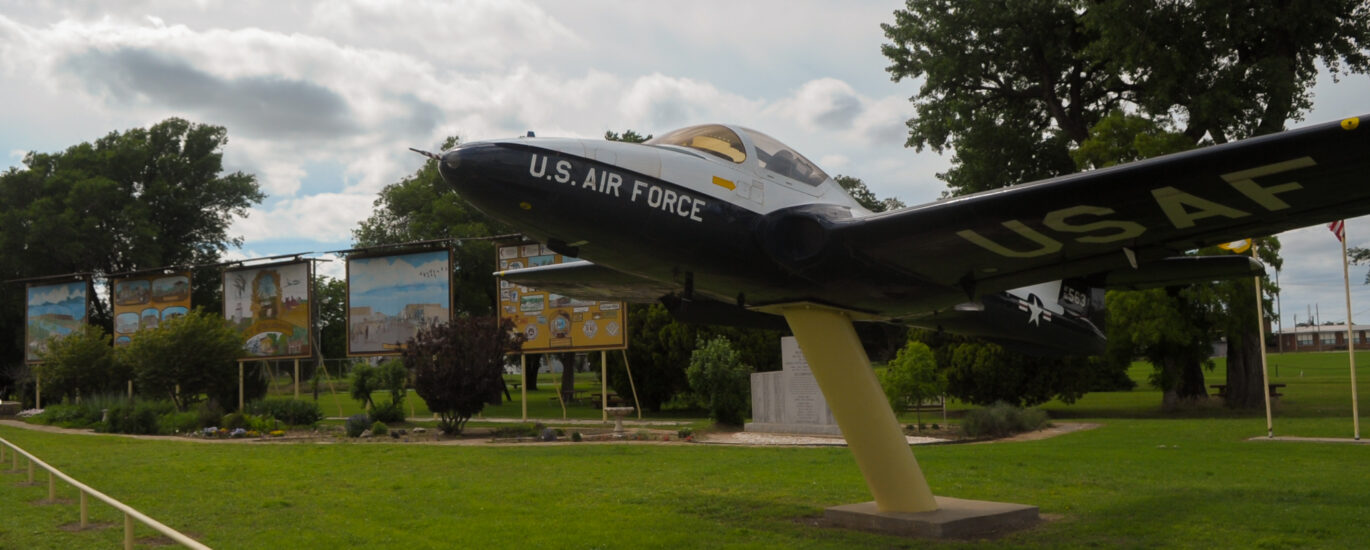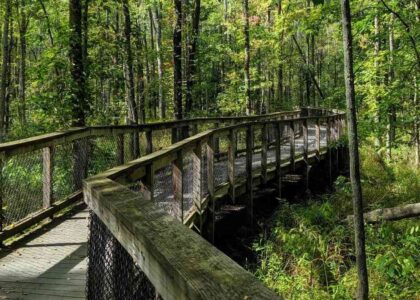Welcome to Jet, Oklahoma, a place where the charm of small-town life meets the intriguing landscape of salt flats and crystal digging. This unique location offers a chance to delve into both the natural wonders and the rich history of the region. Located in Alfalfa County, Jet was established in the early 20th century, around 1900, as part of the great American westward expansion. This was a time when the railroad was king, and towns like Jet sprung up along its lines, serving as vital hubs for agriculture and trade.
Jet’s early days were defined by the arrival of settlers attracted by the Homestead Act, which offered land to those willing to cultivate it. The town was named after a nearby creek, and it quickly developed into a community cornerstone for the surrounding farmland. The arrival of the Chicago, Rock Island and Pacific Railroad in 1901 marked a significant turning point, linking Jet to larger cities and markets, and ensuring its growth and prosperity.
One of the most fascinating aspects of Jet is its proximity to the Great Salt Plains State Park. This natural wonder has a history stretching back millions of years, formed by an ancient inland sea that once covered the region. Today, it’s a unique destination where visitors can dig for selenite crystals, a hobby that has been popular since the early 1900s. The park itself was established in 1930, providing a protected area for both nature enthusiasts and historians alike. During World War II, the flat terrain of the salt plains made it an ideal location for a military airbase, illustrating its strategic importance.
Throughout its history, Jet has been home to notable figures who contributed to its development. Among them was J. Roy Stockton, a pioneering journalist whose work in the early 20th century helped put small-town America on the map. He was known for his vivid storytelling, capturing the essence of rural life and the significant changes brought by modernization.
As the years passed, Jet evolved from a bustling railroad town to a quiet, picturesque community. The decline of the railroad in the mid-20th century led to economic shifts, but Jet adapted, focusing on tourism and agriculture. The local economy now thrives on the thousands of visitors who flock each year to experience the unique landscape and recreational opportunities offered by the salt plains.
Today, Jet stands as a testament to resilience and adaptability, a place where history is alive in the stories of the land and its people. It serves as a reminder of the pioneering spirit that shaped the American Midwest. As you explore the salt flats or dig for crystals, remember that you are walking in the footsteps of those early settlers who helped forge a community in this remarkable part of the world.




